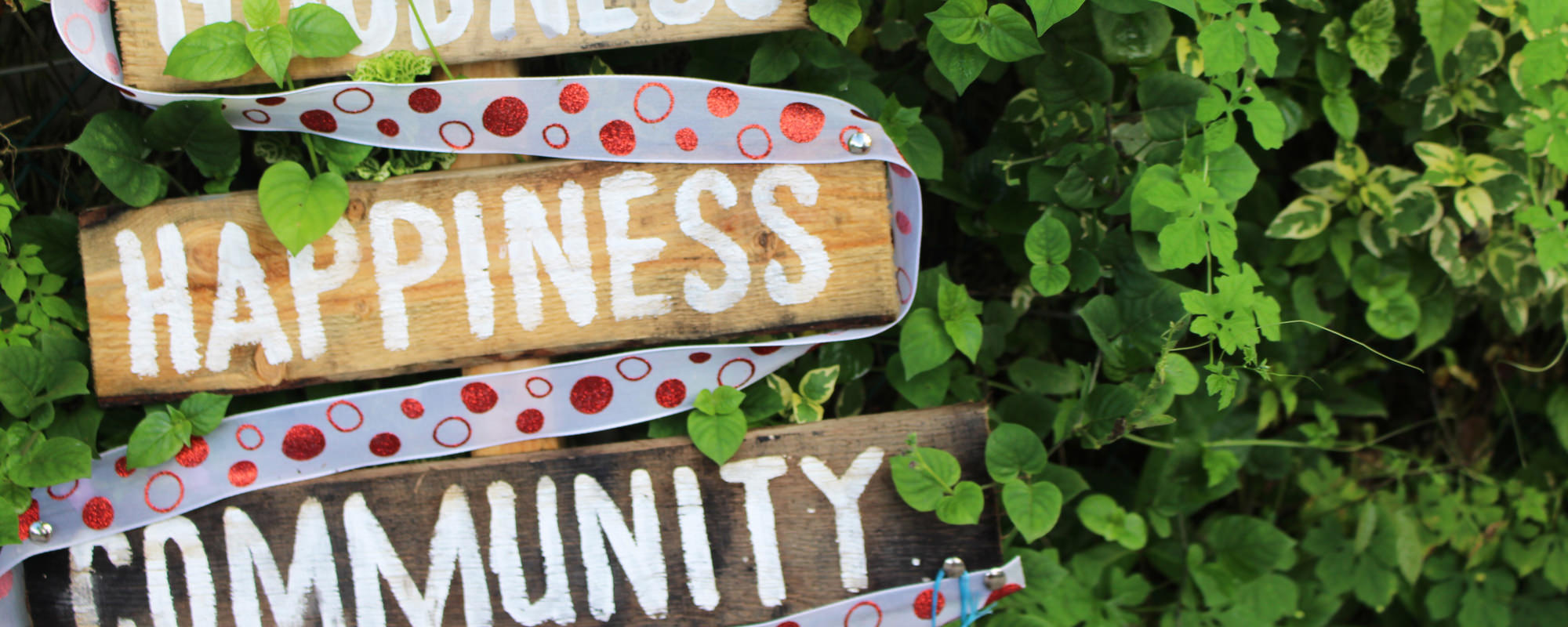Developing a Cause-Based Campaign Initiative that Aligns with Your Community Needs
Last updated March 1, 2022Course Length
1h 18m
Last Updated
March 1, 2022

Developing a Cause-Based Campaign Initiative that Aligns with Your Community Needs
Last updated March 1, 2022Table of Contents
Identify your next cause-based campaign consistent with your institutional strengths and community needs.
Overview
The past two years of annual giving have given rise to more short-term, cause-based campaigns, in which newly formulated 60- to 90-day campaigns have become more of the norm than the exception. With this change, advancement shops have been able to generate a more focused pipeline for different areas of their institutions, acquire new donors, and increase awareness of causes to existing donors. This pivotal focus to identify societal needs continues to evolve, but with limited campaign resources, it is inevitable that not every cause will be developed into a short-term campaign.
Join us online to learn how to identify and develop a cause-based initiative that is specific to the institutional strengths and community needs for your next short-term campaign. During this training, you will learn how to:
- Identify guiding principles to help you define and choose which cause-based initiative to pursue.
- Decide which cause-based campaigns to begin, continue, or sunset.
- Know the roles and responsibilities of team members and campus partners.
Who should attend?
This training is designed for annual giving teams that develop cause-based campaigns as part of their annual giving strategy. More specifically, if you want to increase confidence in your decision making as a cause-based fundraiser in annual giving, this program will help you and your team develop guiding principles that allow you to make the right choices on which cause-based campaigns to pursue.
Agenda
April 19, 2022
1:00 – 3:00 p.m. Eastern
Identifying Guiding Principles for Cause-Based Fundraising Initiatives
Each institution and its community have unique challenges that may differ from the national conversations on equity and inclusion, amongst other major issues such as mental health, hunger, and the environment. By creating a framework of guiding principles for your shop, you will be able to highlight how your institution is providing a solution to the cause at hand. You will learn how to develop guiding principles that can help you to select an initiative your annual giving audience can rally around, while also showing the tangible impact their gifts have on your community.
Deciding Which Cause-Based Campaigns to Begin, Continue, or Sunset
The number of potential specific causes to fundraise is virtually limitless. Therefore, it is important not to stretch your team too thin by attempting to campaign for each need. You will instead learn how to navigate the tough choices when it comes to choosing the best causes on which to focus your staff resources, as well as how to make the decisions on when to continue the fundraising effort year-after-year—or when to end a campaign, even if it has been a success.
Assigning Roles & Responsibilities of Marketing, Communication, and Campus Partners
For the best chance at success in your cause-based campaign, it is imperative for all involved to have clearly defined roles throughout the effort. For example, to prevent the threat of over-soliciting your donors, you must work closely with marketing. In addition, you must also consider the roles of additional different units on campus, whether administration in food and housing, for example, or in the climate science department, as each cause will help you to identify different and potentially valuable campus partners who may need to be considered and integrated into your upcoming annual giving strategy.
Tagged In
$595


